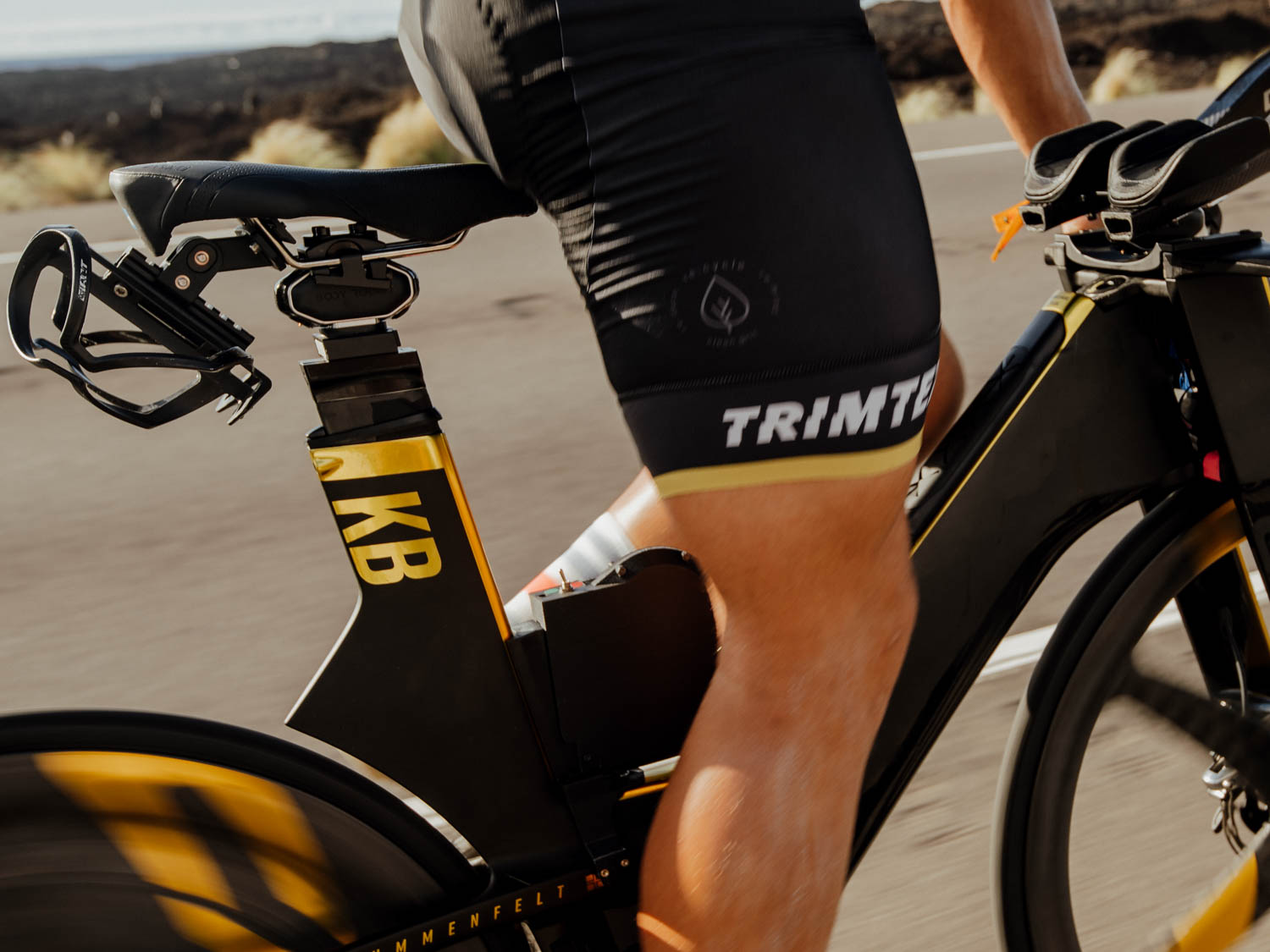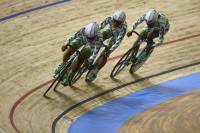Body Rocket: Aerodynamic Data for Cyclists Without a Wind Tunnel
A startup aims to bring real-time aerodynamic drag data to the masses with three onboard sensors and Garmin computer integration.
Aero gear is great, but it will only get you so far. The pros know this, which is why they spend hours optimizing their body positions in wind tunnels. But unless you’ve got money and time to burn (and who does?), wind tunnel optimization sessions are a severe financial and logistical strain.
That’s why Body Rocket’s forthcoming direct-force drag measurement system is so exciting and — dare we say — game-changing for committed amateurs looking for a speed boost.

Body Rocket built the system around three sensors: at the seat post, stem, and pedals. The sensors measure six factors: force, air pressure, wind speed, acceleration, inclination, and weight. Body Rocket claims to be the only system that measures rider force separately from the bike.

All that info is sent to a Garmin computer via Garmin’s Connect IQ system. Riders can adjust their body posture and see the results in real time through hard data. The system also logs more detailed information that is available for post-ride analysis.

According to Body Rocket, the system’s results hew closely to the information a wind tunnel session would generate. The company released data from a set of runs at the University of Southhampton wind tunnel, which indicated the Body Rocket system’s maximum deviation from a wind tunnel is 2.3%.
The upshot of all this is that a competitive cyclist can begin to build a personal index of aero body postures for all occasions: headwind, crosswind, and more.
The data might also help cyclists understand how fatigue impacts posture and aerodynamics over a long event. According to its website, Body Rocket has plans to offer even more precise posture advice as data analysis becomes more robust over time.

Experience-Based Design
CEO and founder Eric Degolier arrived at the concept for Body Rocket after training to compete at the 2004 Paralympic Games in the able-bodied tandem match sprint and kilo events with Paralympian Matt King.
Frustrated at the lack of wind tunnel resources for even professional athletes, he set out to find a better path.
“As an engineer, I knew that aerodynamics make a huge difference to speed … I wanted to figure out how we could give all cyclists the advantage of understanding their aerodynamic performance on the bike as they ride,” Degolier said in a statement.
“When new technology became available on the consumer level a few years ago, I knew we now had all the ingredients to bring about the 2nd revolution in cycling data — live aerodynamics.”
Dogolier is a design engineer by trade and has worked for Trek, PowerTap, and CycleOps.
Body Rocket estimates its system will cost between $1,720 and $2,300, with units available for purchase and shipping in late 2023. In the meantime, you can sign up for updates on the Body Rocket website.
The post Body Rocket: Aerodynamic Data for Cyclists Without a Wind Tunnel appeared first on GearJunkie.

